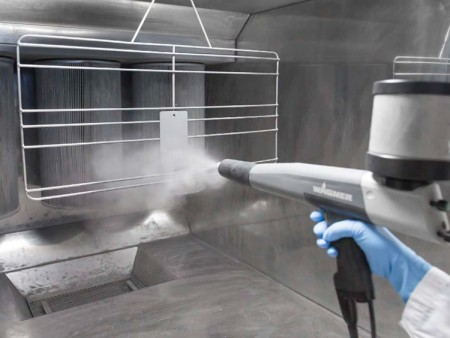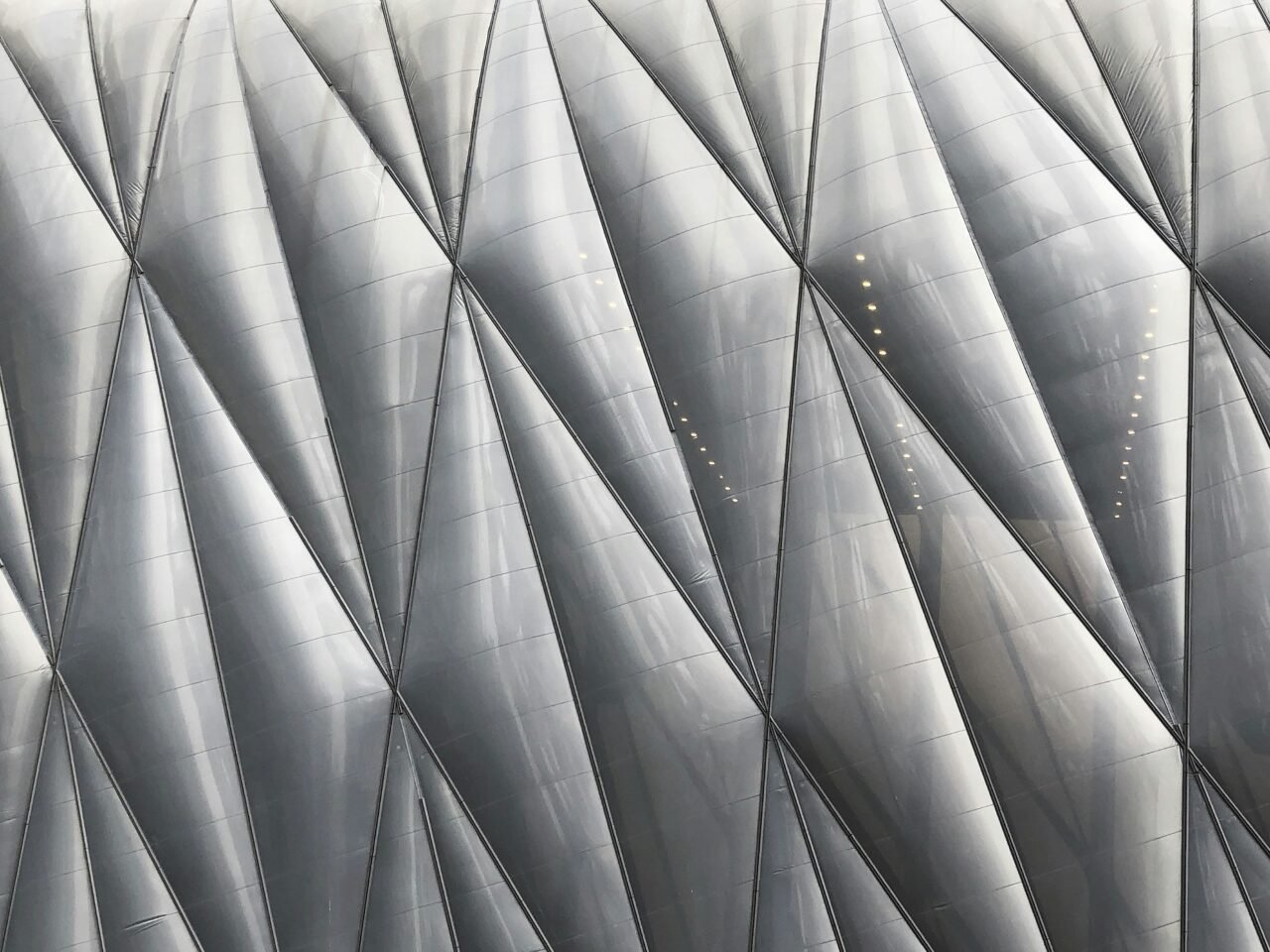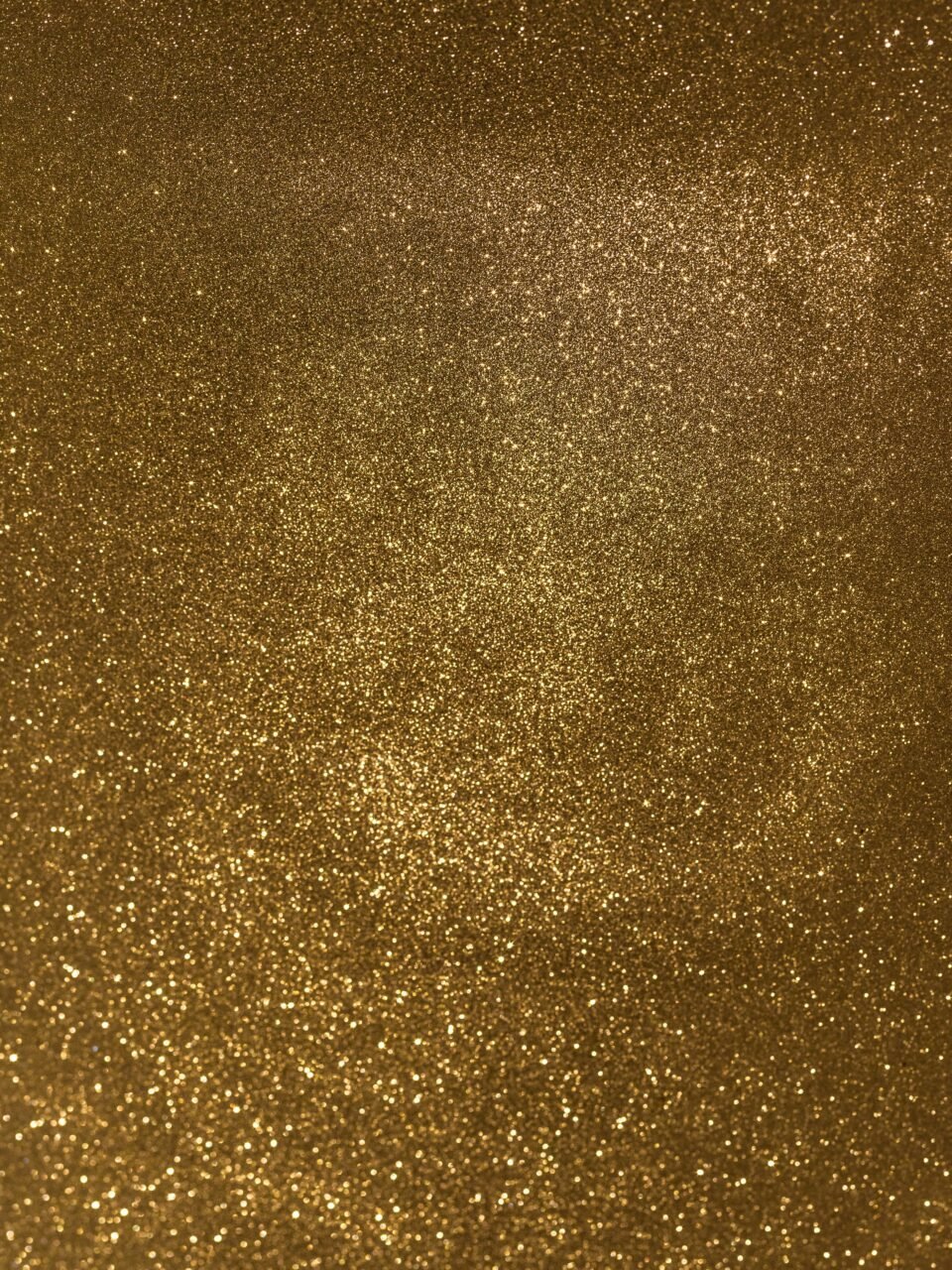Golden ink made with bronze powder is a popular choice for creating vibrant, metallic finishes in various printing applications.
However, the use of this material comes with specific challenges that require careful handling and preparation to maintain its distinctive luster and functionality. Understanding and following the necessary precautions can significantly enhance the safety of the process and the quality of the final product.
This introduction will outline the critical steps and considerations involved in using golden ink with copper bronze powder, aiming to provide users with a comprehensive guide to maximize its potential while minimizing risks.

What should be attention to when choosing resin and solvent for bronze powder?
- Avoid using nitrocellulose and epoxy resins as they can react chemically with copper to form a gel-like substance. If these resins must be used, their application should be limited to as short a duration as possible.
- Choose resins with a low acid value (less than 3). The lower the acid value of the resin system, the better for stability.
- Aromatic and ester solvents are recommended as they help fully wet and disperse the bronze powder particles. Avoid using alcohol-based and ketone solvents, as well as partially saponified lipid solvents.
- It is essential to use high-purity resins and solvents with low water content. If there is any moisture present, it is advisable to remove it using molecular sieves such as Silosieve A4 or Aerosil R972 before adding the bronze powder pigments.

Precautions for bronze powder additives.
- Typically, ordinary copper bronze powders have good floating properties. It is recommended not to add wetting agents or dispersants as these can reduce their floatability (metallic effect).
- If it is necessary to specifically adjust the floatability of the bronze powder, it can be reduced by adding 0.1-0.5% citric acid to the mixture. However, this will diminish the metallic effect.
- If desired optical effects are not achieved through adjustments in application viscosity and drying time, meaning that the pigment particles do not align well; a small amount of surface lubricants and leveling agents can be added.
- Generally, copper bronze powders have good re-dispersibility. If precipitation is observed, less than 2.0% of anti-settling or thixotropic agents, such as bentonite or fumed silica, can be added to the formulation.
Copper bronze powder dispersion method.
- Begin by adding the metal pigment. While stirring slowly, gradually add a solvent to the bronze powder in a ratio of either 1:1 or 2:1.
- Stir at low shear for about 15 minutes until the mixture reaches a paste-like consistency.
- Add the required bronzing oil and stir thoroughly to achieve a uniform mixture.
- Adjust to the desired viscosity using a solvent.
- To prevent flaky bronze powder particles from curling and breaking during dispersion, which would reduce optical effects, it is best to use a paddle mixer or a disc disperser at medium speed.
Safety precautions.
Personal Protective Equipment (PPE): When handling copper bronze powder, appropriate safety gear such as gloves, safety goggles, and protective clothing should be worn to avoid skin contact and inhalation, which can be hazardous.
Ventilation: Ensure that work areas are well-ventilated. Copper bronze powder can be hazardous when inhaled, so adequate ventilation systems should be in place to disperse any airborne particles.
Fire Safety: Since metallic powders can pose a fire hazard, ensure that fire safety measures are in place, including having appropriate fire extinguishers readily accessible in areas where copper bronze powder is used and stored.
Storage of finished products.
Copper bronze powder and products containing it should be stored under specific conditions to maintain their quality and longevity. It is crucial to store them at room temperature in a dry environment to prevent any moisture-related degradation.

Unused copper bronze powder should be immediately sealed in an airtight container after use. Prolonged exposure to air can lead to oxidation, which significantly alters the powder’s appearance and effectiveness by causing it to tarnish or degrade.
To maximize shelf life and preserve the metallic luster and effectiveness of copper bronze powder, proper storage practices must be diligently followed.




